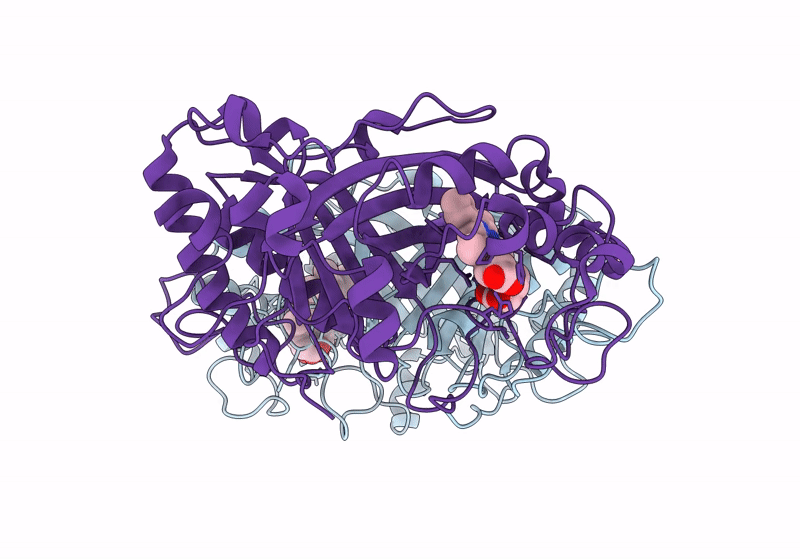
Deposition Date
2023-03-31
Release Date
2024-04-10
Last Version Date
2025-04-23
Entry Detail
PDB ID:
8OMC
Keywords:
Title:
Y345F/F347Y/Y389F Variant of Dye Type Peroxidase Aa (DtpAa) from Streptomyces lividans
Biological Source:
Source Organism:
Streptomyces lividans 1326 (Taxon ID: 1200984)
Host Organism:
Method Details:
Experimental Method:
Resolution:
1.50 Å
R-Value Free:
0.18
R-Value Work:
0.16
R-Value Observed:
0.16
Space Group:
P 1 21 1


